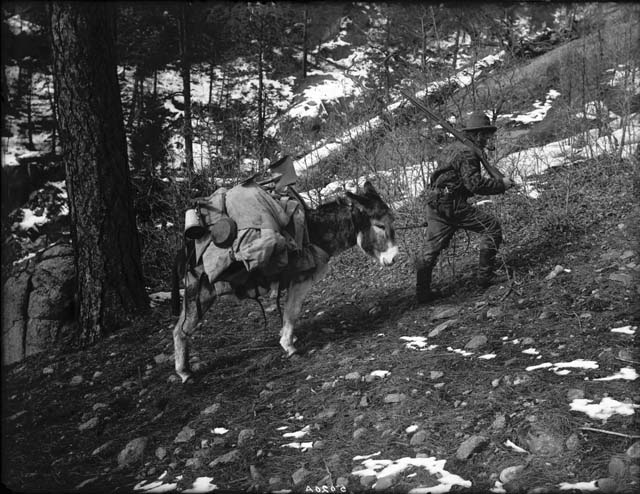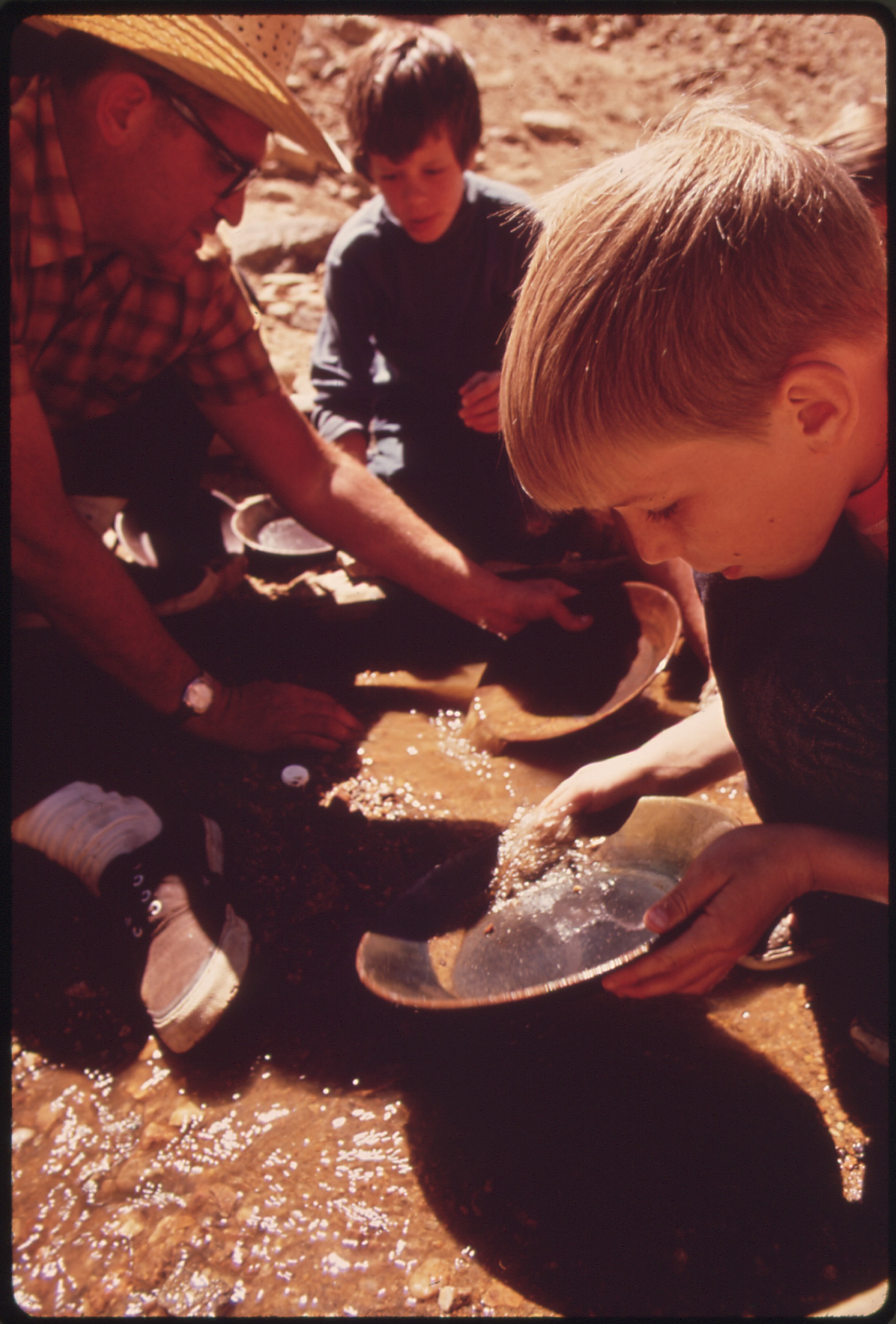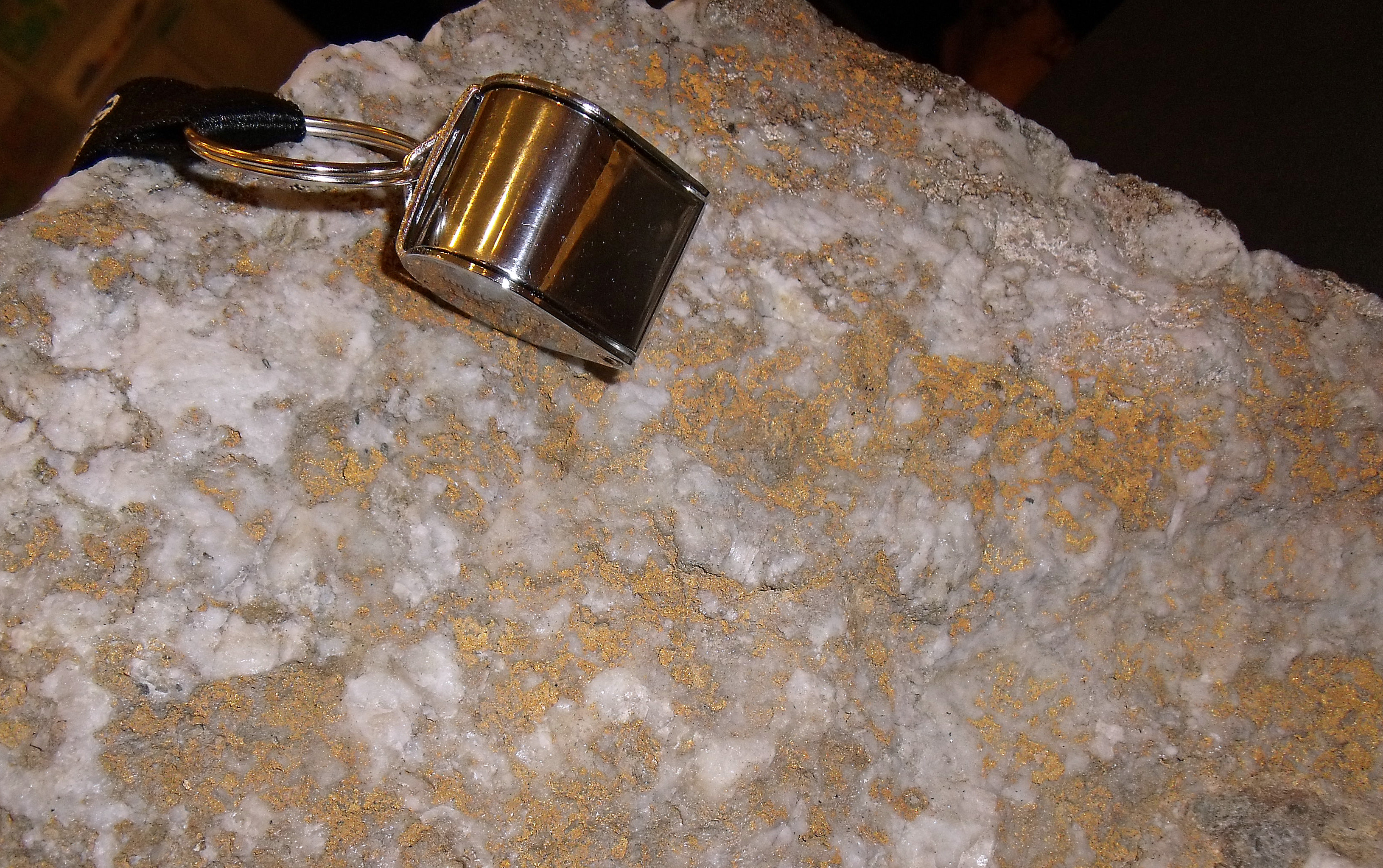Prospecting on:
[Wikipedia]
[Google]
[Amazon]


 Prospecting is the first stage of the geological analysis (followed by
Prospecting is the first stage of the geological analysis (followed by
Reserves, resources and lithium exploration in the salt flats of northern Chile
'' Andean Geology''. 49 (2): 297–306. doi
10.5027/andgeoV49n2-3444
Retrieved July 2, 2022.
Prospecting in TasmaniaProspecting in Nova ScotiaProspecting in Indonesia
{{Authority control Economic geology Gold rushes Geological techniques History of mining Western (genre) staples and terminology


 Prospecting is the first stage of the geological analysis (followed by
Prospecting is the first stage of the geological analysis (followed by exploration
Exploration refers to the historical practice of discovering remote lands. It is studied by geographers and historians.
Two major eras of exploration occurred in human history: one of convergence, and one of divergence. The first, covering most ...
) of a territory. It is the search for mineral
In geology and mineralogy, a mineral or mineral species is, broadly speaking, a solid chemical compound with a fairly well-defined chemical composition and a specific crystal structure that occurs naturally in pure form.John P. Rafferty, ed. (2 ...
s, fossil
A fossil (from Classical Latin , ) is any preserved remains, impression, or trace of any once-living thing from a past geological age. Examples include bones, shells, exoskeletons, stone imprints of animals or microbes, objects preserved ...
s, precious metals, or mineral specimens. It is also known as fossicking.
Traditionally prospecting relied on direct observation of mineralization in rock outcrops or in sediments. Modern prospecting also includes the use of geologic, geophysical, and geochemical tools to search for anomalies which can narrow the search area. Once an anomaly has been identified and interpreted to be a potential prospect direct observation can then be focused on this area.
In some areas a prospector must also make claims, meaning they must erect posts with the appropriate placards on all four corners of a desired land they wish to prospect and register this claim before they may take samples. In other areas publicly held lands are open to prospecting without staking a mining claim.
Historical methods
The traditional methods of prospecting involved combing through the countryside, often through creek beds and along ridgelines and hilltops, often on hands and knees looking for signs of mineralisation in the outcrop. In the case of gold, all streams in an area would be panned at the appropriate trap sites looking for a show of 'colour' or gold in the river trail. Once a small occurrence or ''show'' was found, it was then necessary to intensively work the area with pick and shovel, and often via the addition of some simple machinery such as a sluice box, races and winnows, to work the loose soil and rock looking for the appropriate materials (in this case, gold). For mostbase metal
A base metal is a common and inexpensive metal, as opposed to a precious metal such as gold or silver. In numismatics, coins often derived their value from the precious metal content; however, base metals have also been used in coins in the past ...
shows, the rock would have been mined by hand and crushed on site, the ore separated from the gangue
In mining, gangue () is the commercially worthless material that surrounds, or is closely mixed with, a wanted mineral in an ore deposit. It is thus distinct from overburden, which is the waste rock or materials overlying an ore or mineral body ...
by hand.
Often, these shows were short-lived, exhausted and abandoned quite soon, requiring the prospector to move onwards to the next and hopefully bigger and better show. Occasionally, though, the prospector would strike it rich and be joined by other prospectors and larger-scale mining would take place. Although these are thought of as "old" prospecting methods, these techniques are still used today but usually coupled with more advanced techniques such as geophysical magnetic or gravity surveys.
In most countries in the 19th and early 20th century, it was very unlikely that a prospector would retire rich even if he was the one who found the greatest of lodes. For instance Patrick (Paddy) Hannan, who discovered the Golden Mile, Kalgoorlie
Kalgoorlie is a city in the Goldfields–Esperance region of Western Australia, located east-northeast of Perth at the end of the Great Eastern Highway. It is sometimes referred to as Kalgoorlie–Boulder, as the surrounding urban area includ ...
, died without receiving anywhere near a fraction of the value of the gold contained in the lodes. The same story repeated at Bendigo, Ballarat, Klondike and California
California is a state in the Western United States, located along the Pacific Coast. With nearly 39.2million residents across a total area of approximately , it is the most populous U.S. state and the 3rd largest by area. It is also the m ...
.
The gold rushes
In the United States and Canada prospectors were lured by the promise ofgold
Gold is a chemical element with the symbol Au (from la, aurum) and atomic number 79. This makes it one of the higher atomic number elements that occur naturally. It is a bright, slightly orange-yellow, dense, soft, malleable, and ductile ...
, silver
Silver is a chemical element with the symbol Ag (from the Latin ', derived from the Proto-Indo-European ''h₂erǵ'': "shiny" or "white") and atomic number 47. A soft, white, lustrous transition metal, it exhibits the highest electrical ...
, and other precious metals. They traveled across the mountains of the American West
The Western United States (also called the American West, the Far West, and the West) is the region comprising the westernmost states of the United States. As American settlement in the U.S. expanded westward, the meaning of the term ''the Wes ...
, carrying picks, shovels and gold pans. The majority of early prospectors had no training and relied mainly on luck to discover deposits.
Other gold rushes occurred in Papua New Guinea, Australia at least four times, Fiji, South Africa and South America. In all cases, the gold rush was sparked by idle prospecting for gold and minerals which, when the prospector was successful, generated 'gold fever' and saw a wave of prospectors comb the countryside.
Modern prospecting
Modern prospectors today rely on training, the study of geology, and prospecting technology. Knowledge of previous prospecting in an area helps in determining location of new prospective areas. Prospecting includes geological mapping, rock assay analysis, and sometimes the intuition of the prospector. Prospecting of minerals found in mobile fluids, as is often the case oflithium
Lithium (from el, λίθος, lithos, lit=stone) is a chemical element with the symbol Li and atomic number 3. It is a soft, silvery-white alkali metal. Under standard conditions, it is the least dense metal and the least dense soli ...
, adds a "temporal element" to be considered.Cabello, J. (2022)Reserves, resources and lithium exploration in the salt flats of northern Chile
'' Andean Geology''. 49 (2): 297–306. doi
10.5027/andgeoV49n2-3444
Retrieved July 2, 2022.
Metal detecting
Metal detectors are invaluable for gold prospectors, as they are quite effective at detecting gold nuggets within the soil down to around 1 metre (3 feet), depending on the acuity of the operator's hearing and skill. Magnetic separators may be useful in separating the magnetic fraction of a heavy mineral sand from the nonmagnetic fraction, which may assist in the panning or sieving of gold from the soil or stream.Prospecting pickaxe
Prospecting pickaxes are used to scrape at rocks andmineral
In geology and mineralogy, a mineral or mineral species is, broadly speaking, a solid chemical compound with a fairly well-defined chemical composition and a specific crystal structure that occurs naturally in pure form.John P. Rafferty, ed. (2 ...
s, obtaining small samples that can be tested for trace amounts of ore. Modern prospecting pickaxes are also sometimes equipped with magnet
A magnet is a material or object that produces a magnetic field. This magnetic field is invisible but is responsible for the most notable property of a magnet: a force that pulls on other ferromagnetic materials, such as iron, steel, nicke ...
s, to aid in the gathering of ferromagnetic
Ferromagnetism is a property of certain materials (such as iron) which results in a large observed magnetic permeability, and in many cases a large magnetic coercivity allowing the material to form a permanent magnet. Ferromagnetic materials ...
ores. Prospecting pickaxes are usually equipped with a triangular head, with a very sharp point.
Electromagnetic prospecting
The introduction of modern gravity and magnetic surveying methods has greatly facilitated the prospecting process. Airborne gravimeters and magnetometers can collect data from vast areas and highlight anomalous geologic features. Three-dimensional inversions of audio-magnetotellurics (AMT) is used to find conductive materials up to a few kilometres into the Earth, which has been helpful to locate kimberlite pipes, as well as tungsten and copper. Another relatively new prospecting technique is using low frequency electromagnetic (EM) waves for 'sounding' into the Earth's crust. These low frequency waves will respond differently based on the material they pass through, allowing for analysts to create three-dimensional images of potential ore bodies or volcanic intrusions. This technique is used for a variety of prospecting, but can mainly be for finding conductive materials. So far these low frequency EM techniques have been proven for geothermal exploration as well as for coal bed methane analysis.Geochemical prospecting
Geochemical prospecting involves analyzing the chemical properties of rock samples, drainage sediments, soils, surface and ground waters, mineral separates, atmospheric gases and particulates, and even plants and animals. Properties such as trace element abundances are analyzed systematically to locate anomalies.See also
* Bioprospecting * Geobotanical prospecting *Gold prospecting
Gold prospecting is the act of searching for new gold deposits. Methods used vary with the type of deposit sought and the resources of the prospector. Although traditionally a commercial activity, in some developed countries placer gold prosp ...
* Gold Prospectors Association of America The Gold Prospectors Association of America (GPAA) is an organization dedicated to finding and mining gold on a small or recreational scale. It has gold claims across America and members can work the claims for a yearly fee. The club is headquartere ...
* Gold rush
A gold rush or gold fever is a discovery of gold—sometimes accompanied by other precious metals and rare-earth minerals—that brings an onrush of miners seeking their fortune. Major gold rushes took place in the 19th century in Australia, New ...
* Mineral exploration
* Mining
Mining is the extraction of valuable minerals or other geological materials from the Earth, usually from an ore body, lode, vein, seam, reef, or placer deposit. The exploitation of these deposits for raw material is based on the econom ...
* Oil exploration
* United States Geological Survey
The United States Geological Survey (USGS), formerly simply known as the Geological Survey, is a scientific agency of the United States government. The scientists of the USGS study the landscape of the United States, its natural resources, ...
* Metal Detector
References
External links
Prospecting in Tasmania
{{Authority control Economic geology Gold rushes Geological techniques History of mining Western (genre) staples and terminology